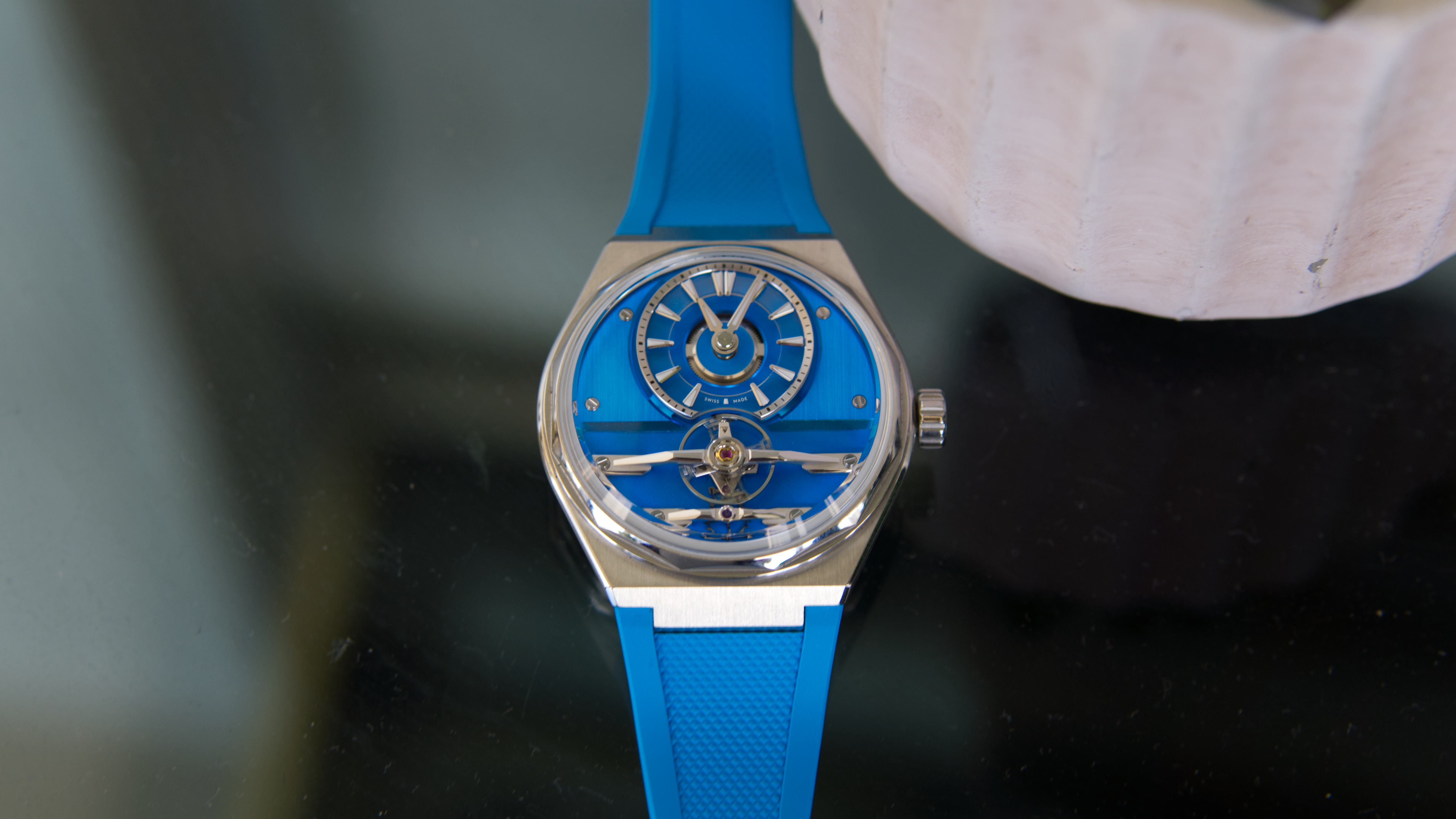
LED face masks have taken the beauty world by storm, primarily due to their impressive skincare benefits. However, recent studies have shown that the best LED face masks are also being praised for their ability to enhance sleep quality – it just keeps getting better and better, doesn't it?
LED face masks have a multitude of settings, but they mostly work by exposing your skin to low-level red light. This red light therapy activates the mitochondria, the energy-producing powerhouses within your cells, encouraging them to work more efficiently. The additional energy generated by these cells is then circulated throughout your body, promoting faster healing, improving blood flow and aiding in the repair of damaged skin and tissues.
To find out more about how using one can also affect our sleep, I spoke with Martin Seeley, a sleep expert at MattressNextDay. He shared his insights on how LED face masks can enhance your bedtime routine, and why you should consider jumping on the trend.
1. It regulates your sleep-wake cycle
Blue light from the sun keeps us alert and awake during the day, whilst red light promotes relaxation and sleep. However, in today’s world, constant exposure to blue light from devices like phones and laptops can disrupt this process, negatively impacting our sleep by misleading the brain into thinking it's still daytime.
In contrast, red light does not interfere with this natural cycle, and a recent study found that most participants who were exposed to red light showed minimal or no circadian response.
2. It increases melatonin production
Since blue light hinders melatonin production, the theory is that red light promotes the release of melatonin. Recent studies suggest red light therapy can enhance sleep quality, duration and latency by boosting melatonin levels as well.
A study by the National Library of Medicine found that red light therapy not only influences sleep, but also promotes muscle regeneration and recovery by facilitating restful sleep and improving endurance performance.
Sign up to the T3 newsletter for smarter living straight to your inbox
Get all the latest news, reviews, deals and buying guides on gorgeous tech, home and active products from the T3 experts
3. It will make you feel less groggy
Red light is said to reduce the groggy feeling you experience when you wake up – officially known as “inertia”. Another study published by the National Library of Medicine found that exposure to red light can significantly reduced sleep inertia, improving performance and reducing sleepiness without suppressing melatonin.
4. It helps alleviate pain
Research suggests that red light therapy can aid in managing long-term conditions, such as a spinal cord injury. One study indicates that regular red light treatments can help reduce hypersensitivity and promote sensorimotor recovery following a spinal injury.
5. It helps symptoms associated with SAD
Seasonal Affective Disorder (SAD) is a type of depression that is triggered by seasonal changes, particularly during the darker autumn and winter months. According to research, just one hour of red light therapy significantly improved study participants' mood and helped reduce depressive symptoms associated with SAD.
Check out the truth behind LED face masks next.

Lizzie is T3's Home Living Staff Writer, covering the latest in style, wellness and beauty tech. From skincare gadgets to vacuum cleaners, she's your go-to for trends and top recommendations.
When not writing, Lizzie enjoys mooching around Bath, spending time with loved ones, or testing her review units – often during an enthusiastic cleaning spree!
-
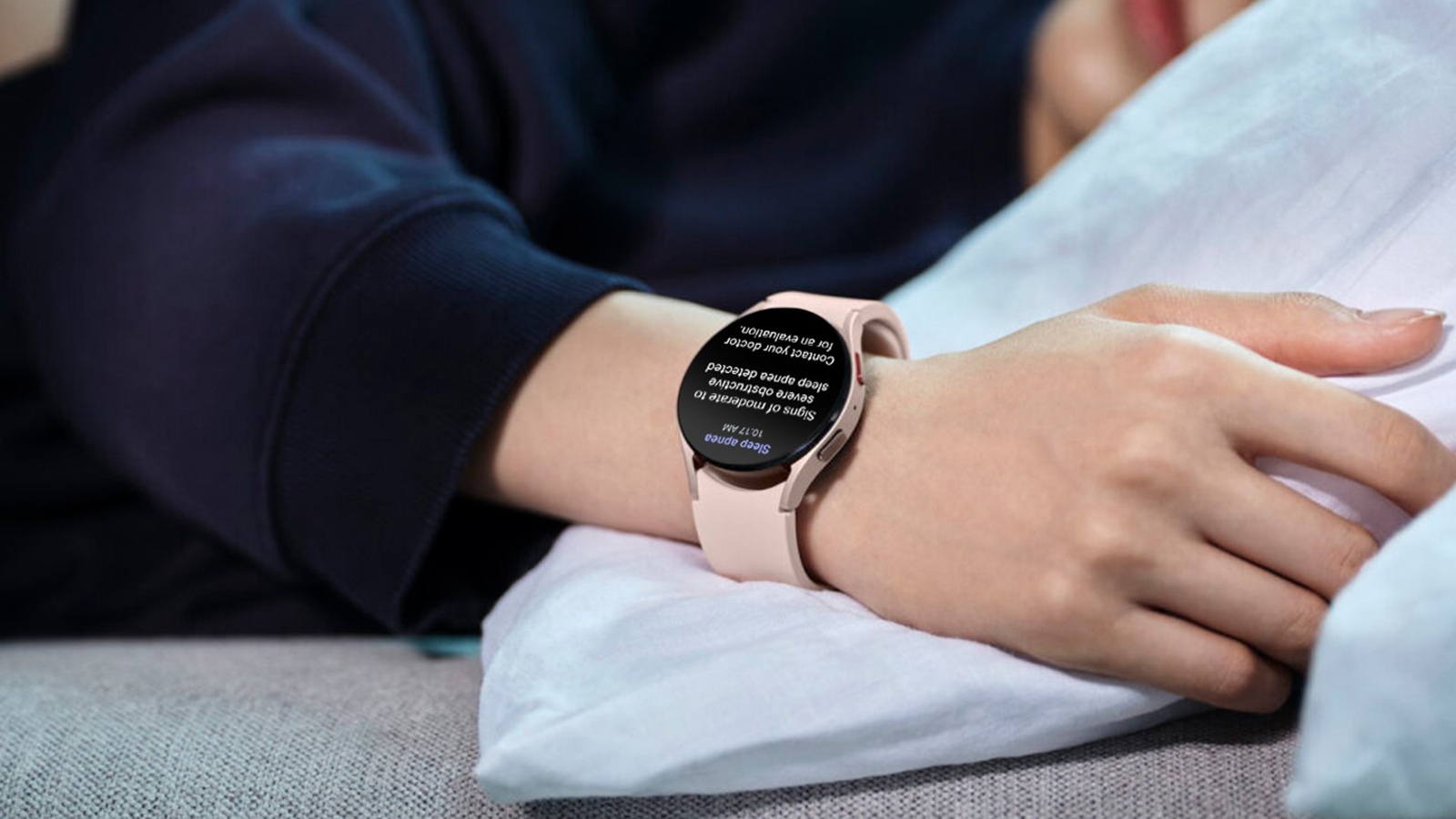 Do smart sleep gadgets actually improve your sleep? T3 investigates...
Do smart sleep gadgets actually improve your sleep? T3 investigates...Sleep gadgets like Oura Ring 4 and the Withings Sleep Analyzer could help you get those eight hours per night
By Max Slater-Robins
-
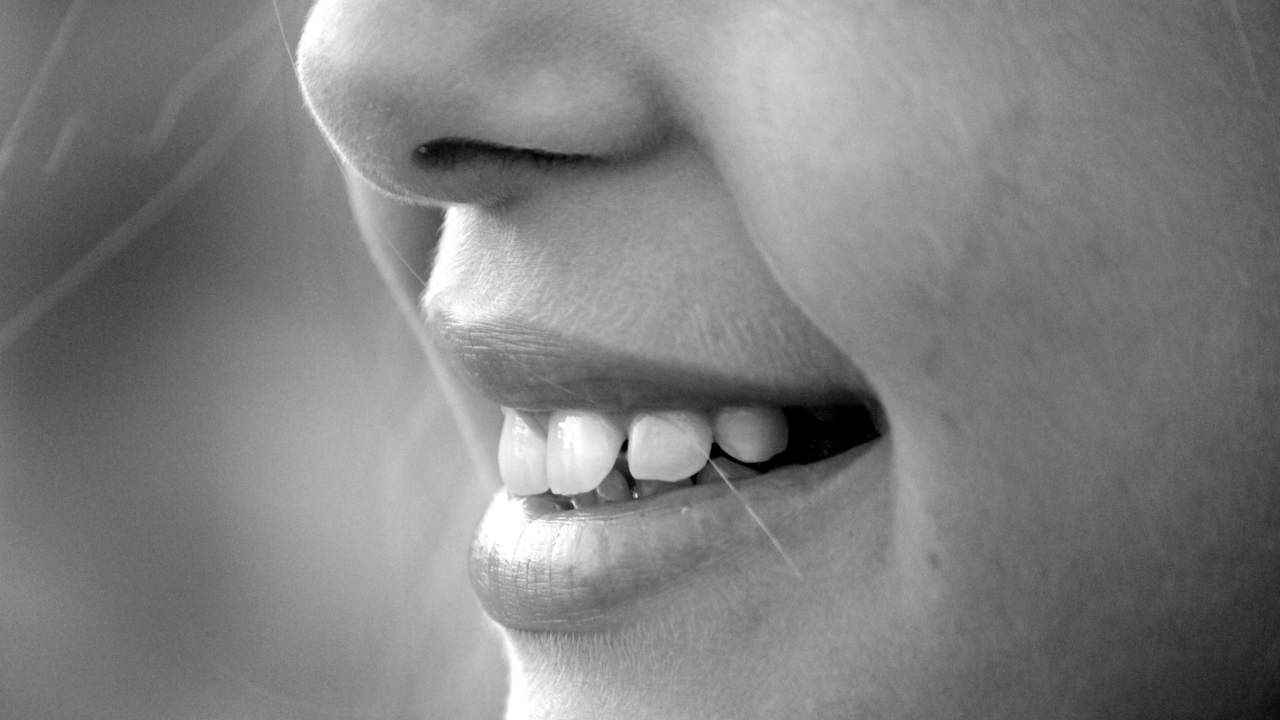 Oil pulling is going viral on TikTok for stopping morning breath – but does it actually work?
Oil pulling is going viral on TikTok for stopping morning breath – but does it actually work?4 hacks that prevent morning breath, according to a sleep expert
By Bethan Girdler-Maslen
-
 5 sleep supplements that help me achieve 8+ hours of rest every night
5 sleep supplements that help me achieve 8+ hours of rest every nightIt took me years to perfect my sleep routine – here are the supplements that helped
By Lizzie Wilmot
-
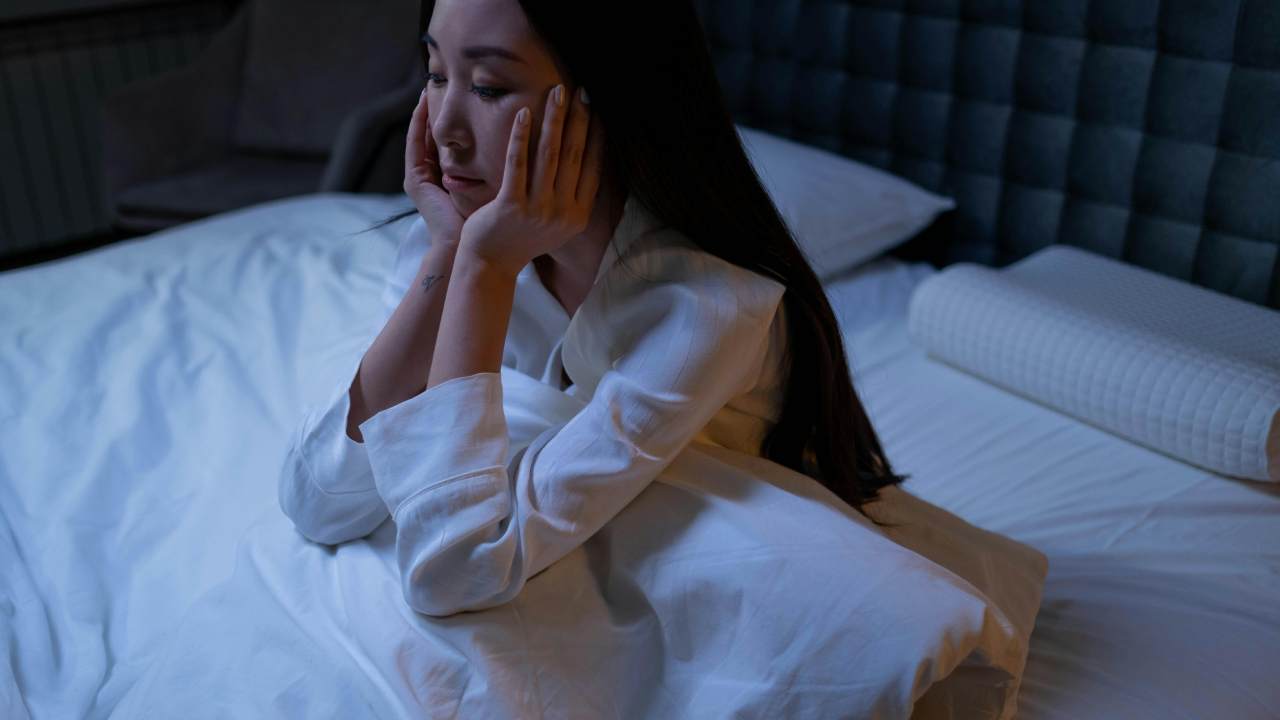 3 reasons why you wake up at 3am every night – and how to avoid it
3 reasons why you wake up at 3am every night – and how to avoid itAlways waking up in the middle of the night? This could be why…
By Bethan Girdler-Maslen
-
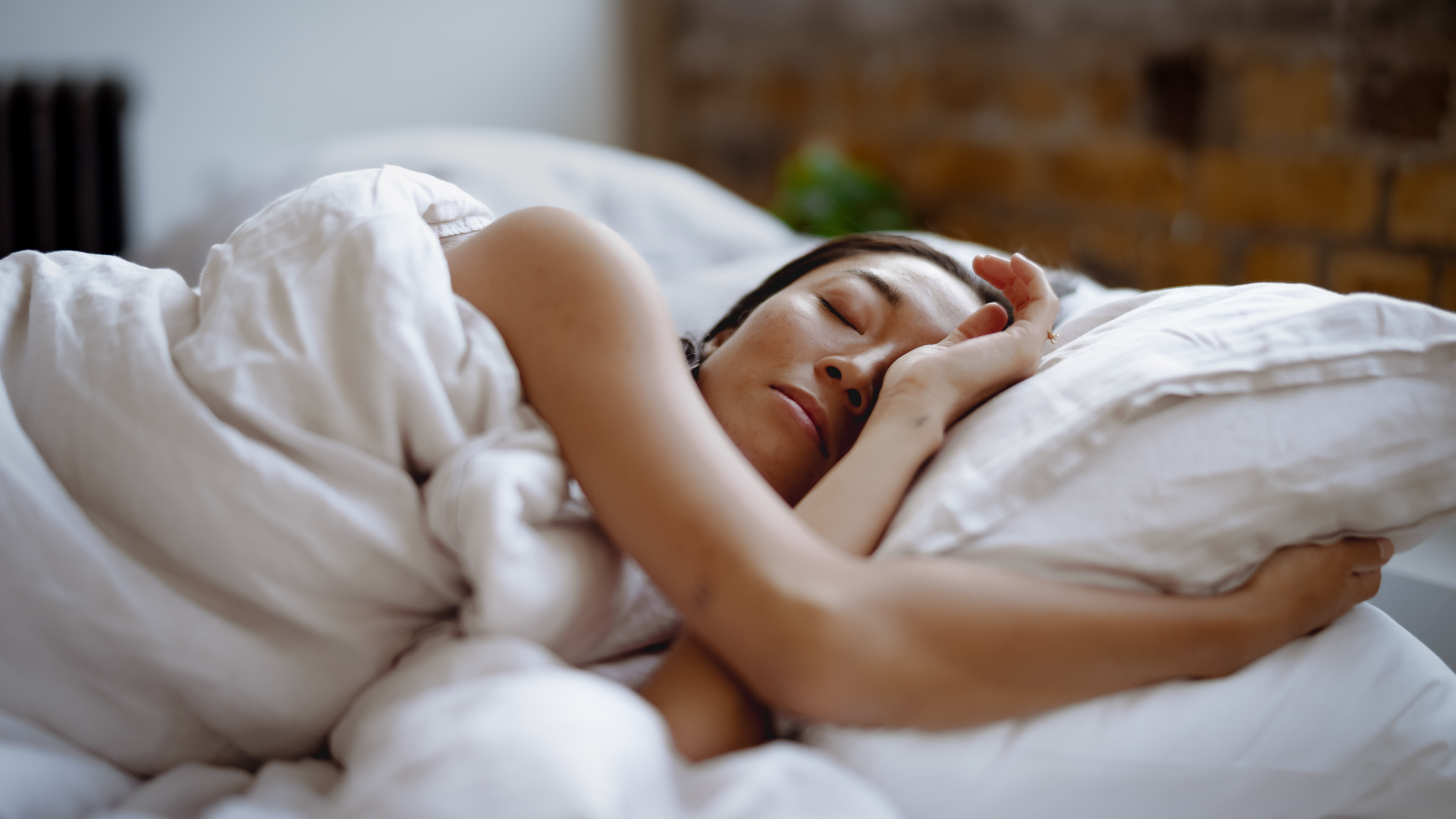 This tiny device will automatically disable your distracting apps before you sleep
This tiny device will automatically disable your distracting apps before you sleepSay hello to Kip...
By Lizzie Wilmot
-
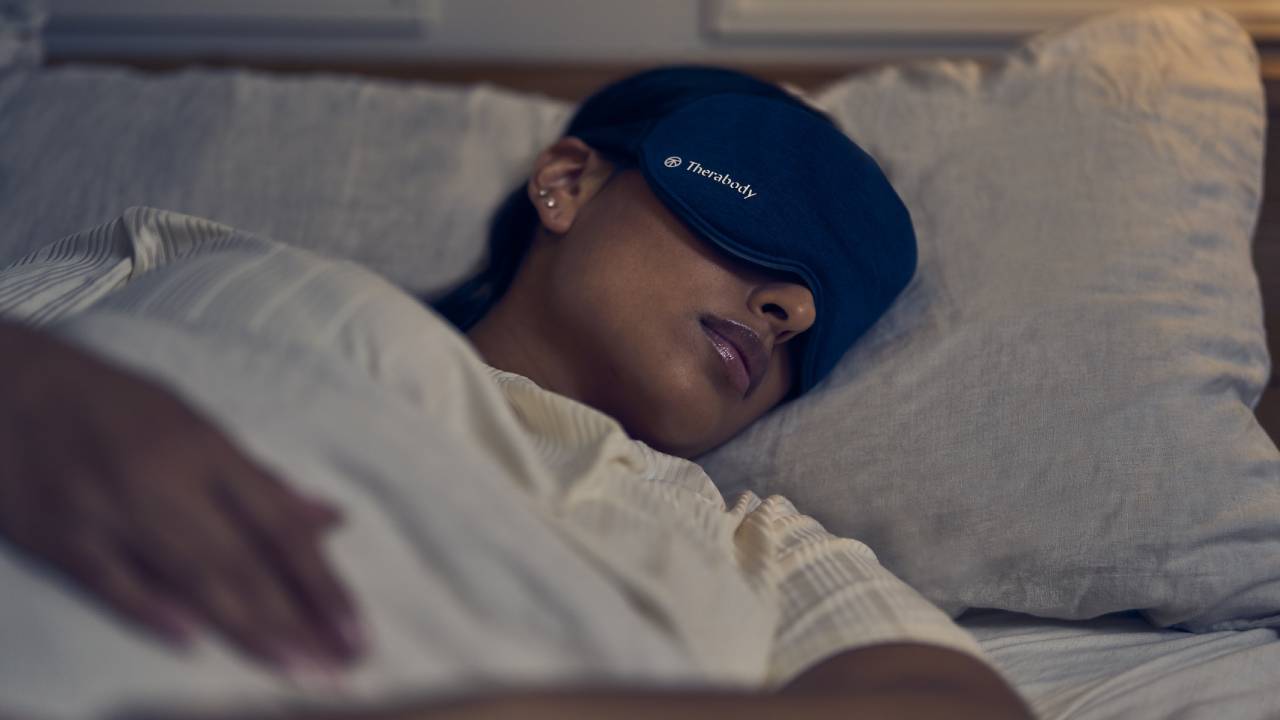 Therabody experts give 7 tips for perfecting your sleep routine for World Sleep Day
Therabody experts give 7 tips for perfecting your sleep routine for World Sleep DayFrom breathing exercises to sleep masks, here’s how to prioritise sleep, according to experts
By Bethan Girdler-Maslen
-
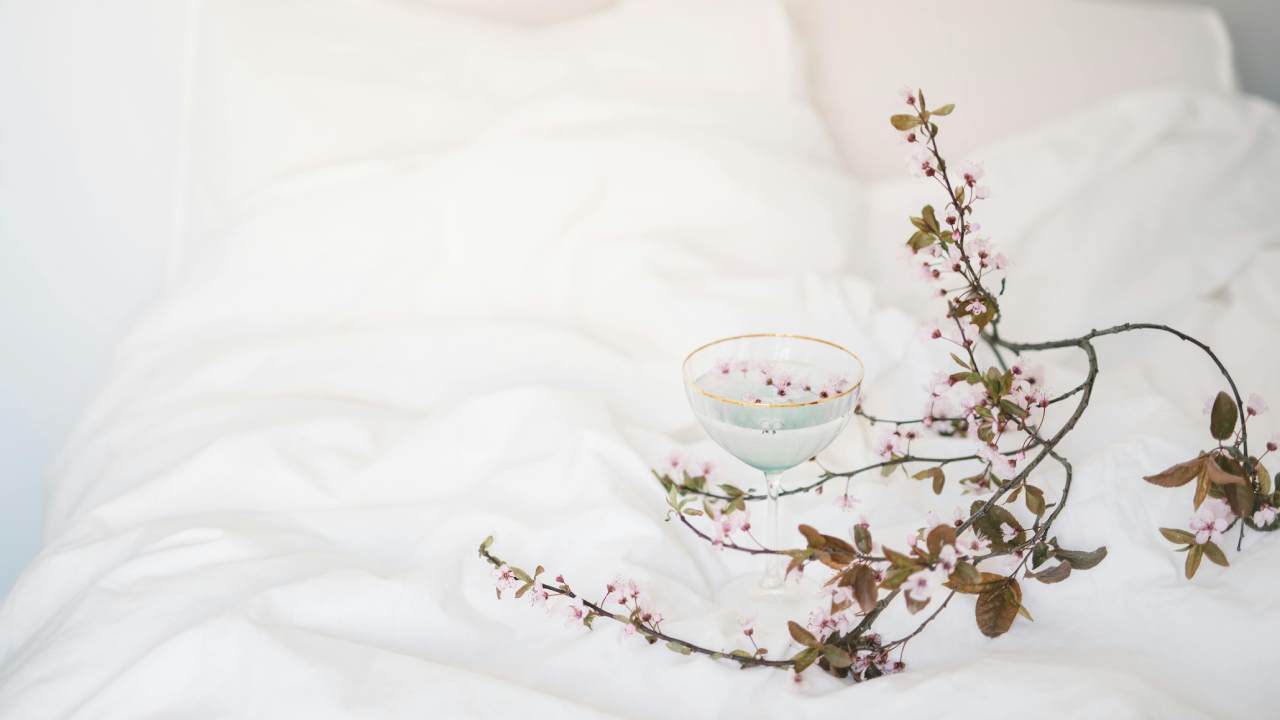 Can’t get to sleep? Grounding bed sheets could be the answer – but I need convincing
Can’t get to sleep? Grounding bed sheets could be the answer – but I need convincingIs this the future of sleep tech?
By Bethan Girdler-Maslen
-
 Bensons for Beds Slumberland Naturals Plant-Based Luxe Mattress review: premium comfort and exceptional quality
Bensons for Beds Slumberland Naturals Plant-Based Luxe Mattress review: premium comfort and exceptional qualityA top choice for comfort, durability and sustainability
By Lizzie Wilmot
